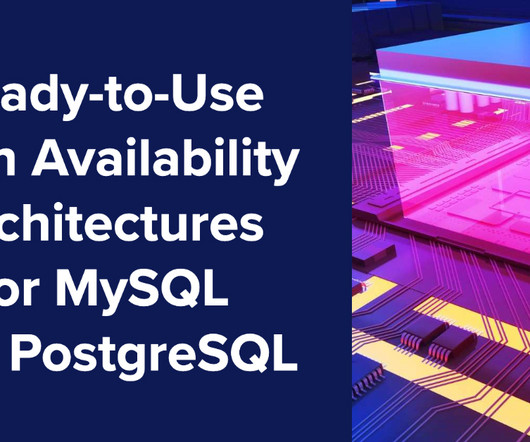What is function as a service? App development gets FaaS and furious
Dynatrace
AUGUST 11, 2022
Before an organization moves to function as a service, it’s important to understand how it works, its benefits and challenges, its effect on scalability, and why cloud-native observability is essential for attaining peak performance. Cloud providers then manage physical hardware, virtual machines, and web server software management.

















Let's personalize your content